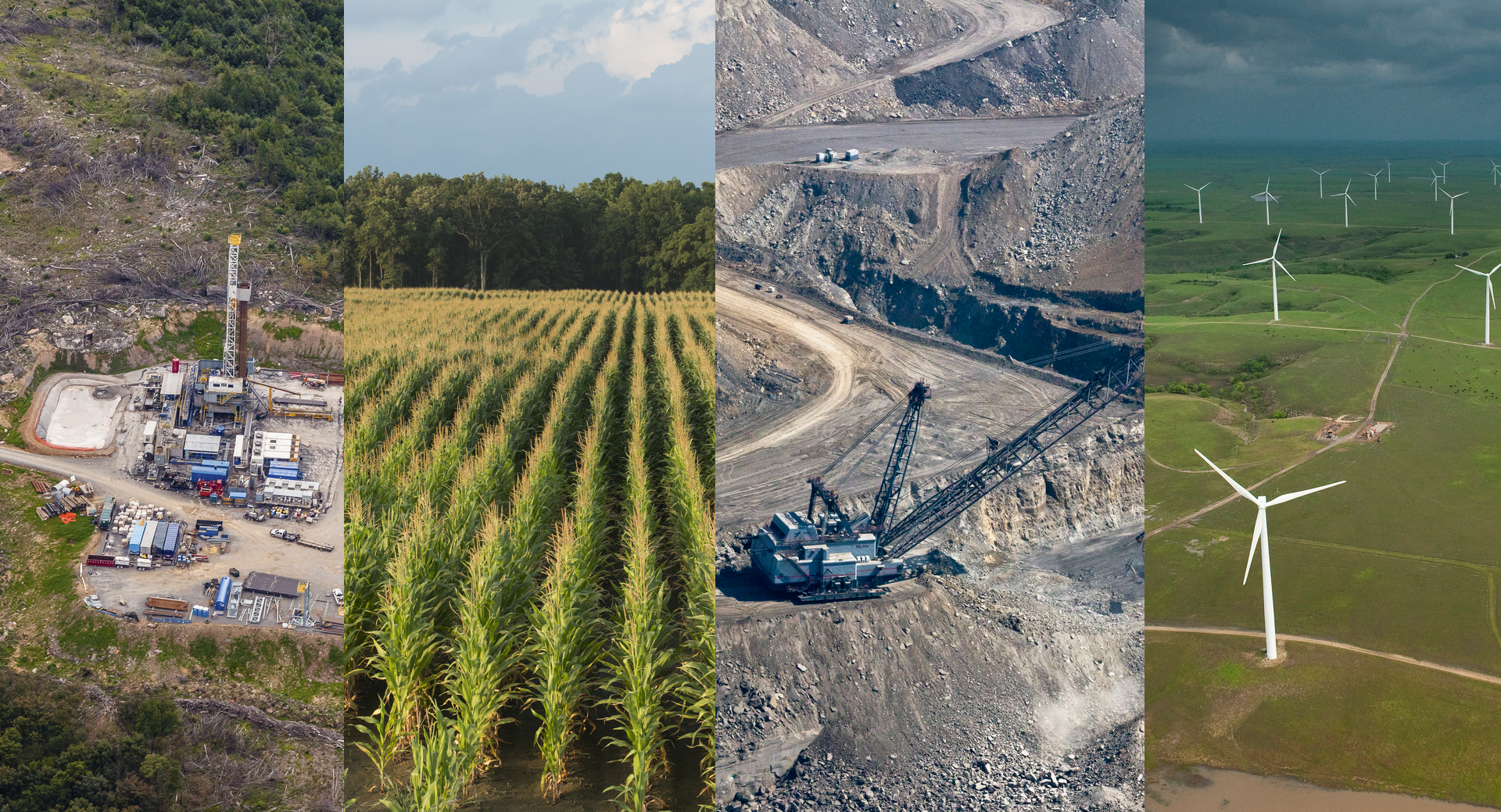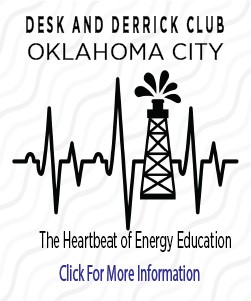
It would appear Oklahoma Gov. Kevin Stitt’s call for more energy diversification, one he made in his early February State of the State address to the state legislature, isn’t a lone call in the wild.
Other Republican governors have made similar calls even as GOP legislators are pushing anti-ESG acts and laws.
Bloomberg recently reported and compared Stitt’s comments about energy diversification to other governors.
Here is how Bloomberg reported the growing development:

Alaska’s Mike Dunleavy said his state has the potential to be a “global leader” in low and even no-carbon energy. Wyoming’s Mark Gordon said his state is known for its “forward thinking’’ on the environment and climate. North Dakota’s Doug Burgum said he expects his state to achieve “carbon neutrality” by 2030. The governors’ comments were made over the past two months during their annual State of the State speeches.
Their remarks about the nation’s energy transition contrast with statements from other Republicans, including Florida Governor Ron DeSantis and former President Donald Trump, who’ve condemned Wall Street for weighing environmental, social and governance factors in their financing decisions. At the same time, dozens of anti-ESG bills have been introduced by state legislators who have derided efforts to address climate change as “woke.”
“There’s clearly a disconnect between the anti-ESG rhetoric and the energy transition,” said John Miller, policy analyst at Cowen Inc. in Washington. “While there’s been a long-term skepticism of climate change among Republicans, there’s recently been an evolution of economies happening in their states.”
As these Republican governors championed their oil, gas and coal industries, they acknowledged the need to embrace all types of energy, including wind, solar and nuclear—an approach that GOP politicians commonly refer to as “all of the above.” Some of the governors also emphasized their states’ abilities to capture and store carbon dioxide, the greenhouse gas that contributes to global warming. Their recent speeches follow last year’s passage of the landmark US climate bill that promises to unleash some $370 billion for clean-energy projects.
Here are more specifics from the remarks made by the governors from some of the country’s most conservative-leaning states. (For information on voting data for the 2020 presidential election, click here).
Alaska, where 53% of voters backed Trump in 2020:
- “We’ve been doing ESG since before ESG was the latest fashionable thing on Wall Street or in Washington,” Dunleavy said in his speech last month. For example, he said Alaska has never had a major mining accident and has stricter spill-response rules than the federal government.
- Dunleavy added that his state will seek to use its coastline that has almost 20% of the world’s tidal energy to generate power.
South Dakota, where almost 62% of voters backed Trump in 2020:
- Governor Kristi Noem highlighted a new $1 billion plant called “Net-Zero 1’’ that will produce sustainable-aviation fuel. She called it the largest economic development in South Dakota’s history.
- “They will literally turn corn into jet fuel, as impossible as that sounds,’’ Noem said in her January speech.
South Carolina, where 55% of voters supported Trump in 2020:
- Governor Henry McMaster also talked about his state’s largest investment—a $3.5 billion facility to recycle battery materials. The plant was among the billions of dollars in investments that McMaster said his state attracted from companies to build electric vehicles and batteries.
West Virginia, where 69% of voters supported Trump in 2020:
- Governor Jim Justice said in his January speech that his coal-rich state must embrace other sources of energy.
- “There are an awful lot of people who never would have believed that a coal guy would welcome with open arms alternative sources of energies,” he said. While emphasizing his commitment to coal, Justice said he’s “a real believer that West Virginia needs to welcome all” types of energy.
- He added that his state’s efforts to attract new businesses include “many green and niche components.”
Ohio, where 53% of voters backed Trump in 2020:
- During his State of the State speech on Jan. 31, Governor Mike DeWine highlighted the automakers that are expanding their electric-vehicle and battery production.
- “Ohio, which has a rich history in automotives, has also become an emerging force in electric vehicle and EV parts manufacturing,” he said.

Oklahoma, where 65% of voters backed Trump in 2020:
- In his Feb. 6 speech, Governor Kevin Stitt emphasized his state’s position among the country’s top oil and gas producers, but he also noted how Oklahoma also ranks 10th in renewable energy.
- “Let’s continue to diversify our energy grid and embrace our ‘more of everything’ approach,” he said.
North Dakota, where 65% voters backed Trump in 2020:
- Burgum in his January speech emphasized his state’s capabilities in carbon capture and storage, saying North Dakota has the capacity to store 50 years worth of the country’s carbon-dioxide emissions.
Wyoming, where almost 70% of voters backed Trump in 2020:
- Gordon acknowledged the need to address climate change in his speech last month, saying carbon capture would play a crucial role.
Source: Bloomberg




